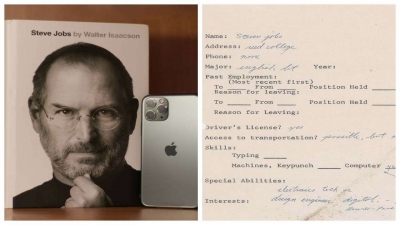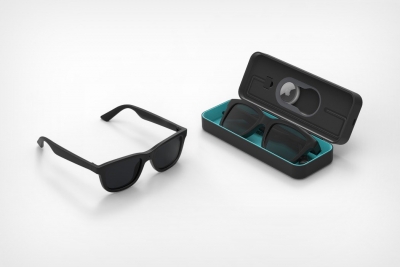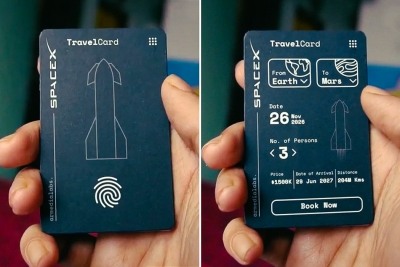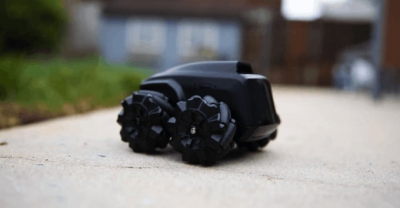Steve Jobs’ handwritten job application auctioned for over 2.5 crore rupees

A job application filled by Steve Jobs in 1973 when he was 18 years old has fetched US$3,43,000 (Rs 2,54,78,897) in an online auction. It's said to be the only job application that he ever filled out as he, along with Steve Wozniak, started Apple in 1976. On it, Jobs listed "electronics tech" and "design engineer" as his special abilities and interests, and other skills such as "computer" and "calculator". "The Steve Jobs Job Application from 1973 is a unique piece of history from the exact moment that a dreamer changed the world. It's a snapshot into the mind of a future genius at a moment where any small deviation from the path ahead would have meant a very different world today," the auction website said.
This auction, however, was the first of its kind in several aspects. For starters, it did not just have a physical copy of the job application. It even sold it off in an NFT or Non-fungible token format.
In fact, this was one of the main reasons the auction was conducted. A group of friends under the alias Winthorpe Ventures held the auction to understand if the digital asset had a similar value to its physical form. So while people bid for the physical job application in US dollars, the NFT was being auctioned off using Ethereum.
The group got the answer it sought by the end of the auction. The auction concluded with the print copy of the job application by Steve Jobs going for over four times what the NFT version received.
So, we now know that people are more interested in the actual letter written by Jobs himself, and not a mere digital copy of it. Can this principle apply to the rest of the art forms too? The answer will likely shape the future of NFTs in the world.
Picture Credit : Google


